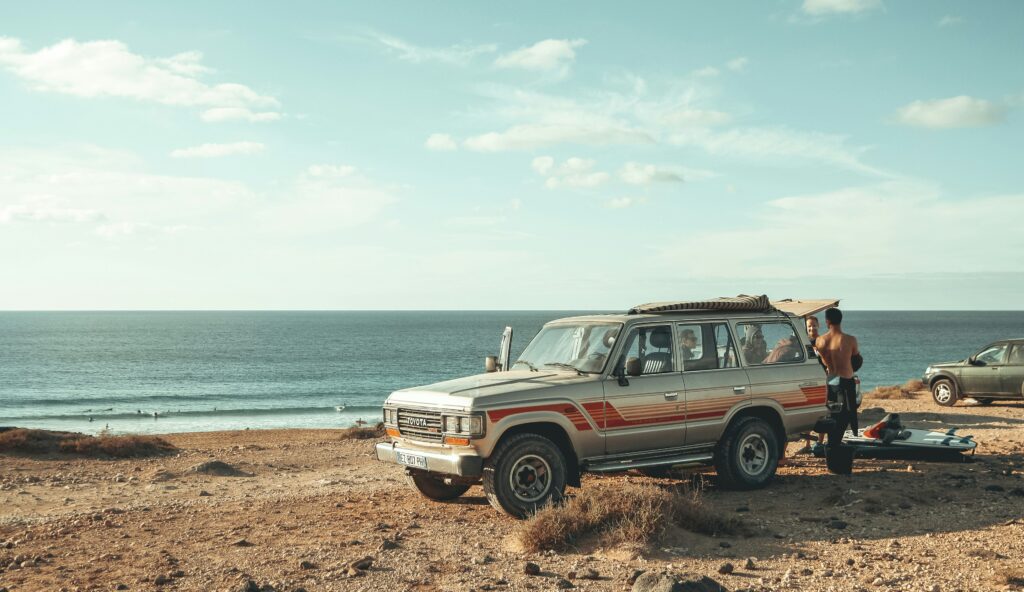
When I planned my first trek through the Himalayas, I felt a mix of excitement and fear. I was finally chasing my adventure dreams, but one thing loomed large: what if things went wrong? That’s when it hit me—do I need special insurance for this kind of trip? It led me down a rabbit hole of research and, trust me, it’s an important topic.
In this post, I’ll walk you through the essentials of having the right insurance when you’re into extreme sports or adventure travel. Let’s break it down, so you know exactly what to look for when choosing a policy.
Why Adventure Travel Insurance Matters
Not Your Regular Vacation
Here’s the thing: adventure travel isn’t a stroll down the beach. Activities like rock climbing, scuba diving, or white-water rafting are exhilarating but carry risks. Regular travel insurance usually doesn’t cover these higher-risk activities. If something goes wrong—like a broken leg or an evacuation—your typical plan might leave you high and dry.
Costs Can Pile Up
Without insurance, medical costs can explode. Imagine needing emergency rescue from a remote mountain. We’re talking thousands, sometimes tens of thousands of dollars. Having proper insurance gives you peace of mind, knowing you’re protected from those unexpected expenses.
What to Look for in Adventure Insurance
Coverage for High-Risk Activities
Start by checking if the policy explicitly covers the activities you plan to do. Look for keywords like “extreme sports” or “adventure activities.” If you’re going paragliding, make sure it’s included. If it’s not, you could be in trouble if you need to file a claim.
Example: Activity Lists
Many insurance providers create lists of covered activities. For instance, some might cover kayaking but not white-water kayaking. Know the specifics.
Medical Coverage
Accidents happen. Solid medical coverage should be a priority. Look for providers that cover emergency medical expenses, hospital stays, and evacuation—even from remote areas.
Tip: Check Coverage Limits
Pay attention to coverage limits. Some policies may seem cheap but have low payout limits. You don’t want to find out your plan only covers $5,000 when an emergency evacuation costs $50,000.
Trip Cancellation and Interruption
Life happens. Sometimes, you have to cancel your trip because of unforeseen circumstances. Good insurance should cover trip cancellations or interruptions, especially for adventure travel, where conditions can change rapidly.
Consider: What if You Get Injured?
If you get injured and can’t continue your trip, make sure your insurance has your back. Some plans even cover non-refundable expenses, so you don’t lose out financially.
Additional Coverage Options
Gear Protection
If you’re investing in expensive gear—like climbing equipment, cameras, or bikes—consider getting gear protection. It protects against theft, loss, or damage during your trip.
Tip: Check the Limits
Again, be mindful of limits. Some policies will only cover a fraction of the gear’s value. Read the fine print!
Rental Car Insurance
If you’re renting vehicles to reach adventure spots, make sure you’re covered. Some adventure insurance plans include car rental coverage. This can help avoid gaps in protection if an accident happens.
Search and Rescue Coverage
This is often overlooked. If you’re heading into remote areas, having search and rescue coverage is essential. It can cover costs if you get lost or injured and need professionals to find you.
Understanding Exclusions
The Fine Print
Here’s the problem: not understanding exclusions can cost you. Common exclusions include pre-existing conditions, acts of war, and sometimes even weather events. Make sure you read the fine print so you’re not caught off guard.
Ask Questions
If something isn’t clear, don’t hesitate to reach out to customer service. A reliable insurance company will help clarify any doubts you have.
Comparing Policies
Shopping Around
Don’t settle for the first policy you find. Take the time to compare. Use online tools to see side-by-side features and costs.
Reviews Matter
Check customer reviews and feedback. They’ll give you a sense of how the company treats claims. You want a company that won’t leave you hanging when things go south.
Discuss with Others
If you’re part of outdoor or adventure groups, asking fellow travelers about their experiences with insurance can help point you in the right direction.
Final Thoughts
Adventure travel can be life-changing, but it comes with risks. Having the right insurance is not just smart; it’s necessary. You want to focus on enjoying the experience, not worrying about what-ifs.
Here’s the takeaway: do your homework. Look for coverage that fits your specific needs, ask questions, and don’t ignore the fine print. After all, the world is full of adventures waiting for you—just make sure you’re covered when you take the leap.
Happy travels, and stay safe out there!
**Related Reading:** – [Related: How to Plan a Solo Trip on a Budget] – [Related: Top Destinations for First-Time Solo Travelers] **#SoloTravel #Adventure #Travelers #Special #Insurance #Essential #Guide #Coverage #Extreme #Sports**
